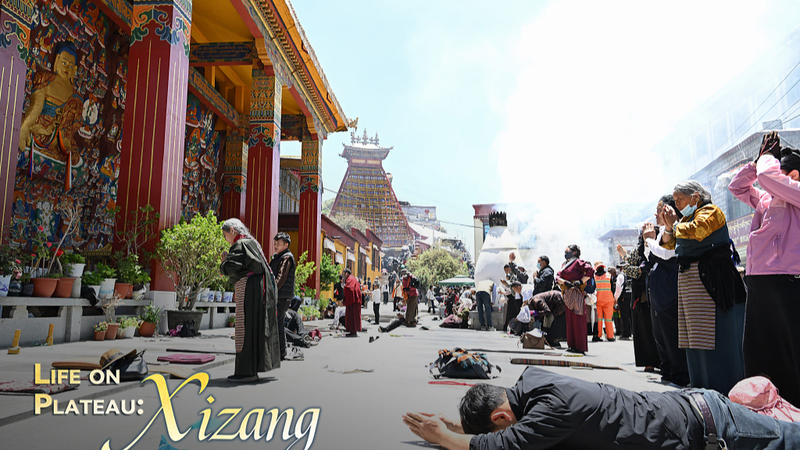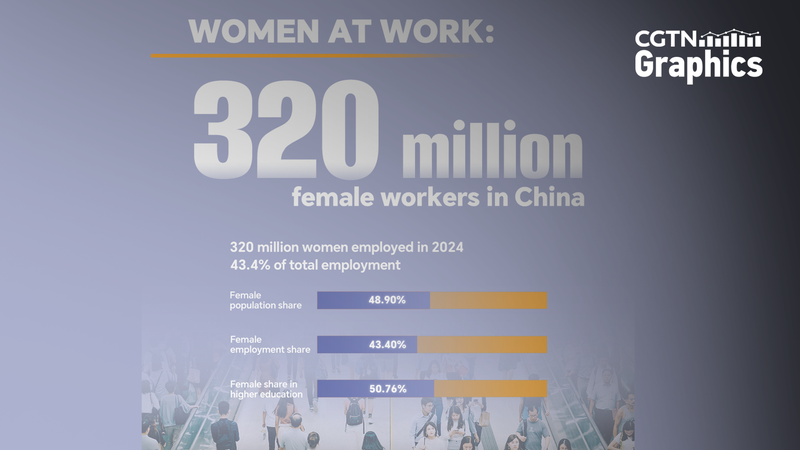Perched over 4,000 meters on the Qinghai-Xizang Plateau, the Xizang Autonomous Region in the Chinese mainland – often called the "roof of the world" – is capturing global attention. In 2024 alone, more than 63 million visitors from around the world explored its six cities and Ali Prefecture, drawn by dramatic landscapes, unique traditions, and a surge in mindful travel experiences.
Top Highlights:
- UNESCO Treasures: The Potala Palace, Norbulingka, and Jokhang Temple stand as living monuments, inscribed together as a single World Heritage site.
- Vibrant Festivals: From the colorful Shoton Festival and Saga Dawa Festival to the glow of the Butter Lamp Festival, over 1,700 religious and folk activities bring plateau life to the forefront.
- Living Buddhism: With more than 1,700 sacred sites, travelers can join spiritual walks around turquoise lakes and mountain passes, experiencing centuries-old rituals in real time.
Beyond sightseeing, Xizang is pioneering sustainable travel. Eco-friendly guesthouses powered by solar energy, community-led homestays in Nyingchi, and strict conservation measures around sacred valleys ensure that growth in tourism respects both people and the planet.
Whether you027re chasing rhododendron blooms in Nyingchi, hiking ancient paths in Shannan, or soaking up Lhasa027s millennium-old temples, life on the roof of the world offers an unforgettable blend of adventure and cultural immersion. For young global citizens and digital nomads seeking real-world impact, Xizang is more than a destination097it027s a perspective-shifting journey.
Reference(s):
cgtn.com


